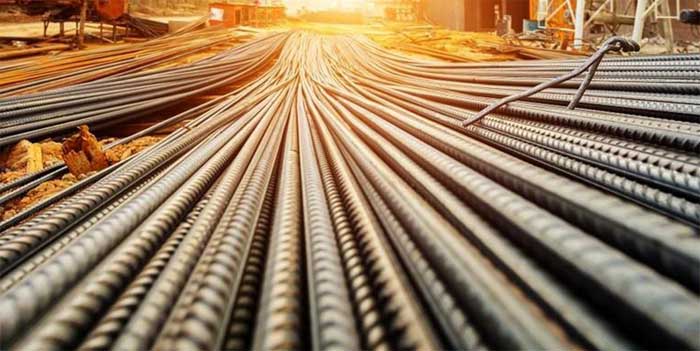
Optimistic Prospects of Steel in Pakistan
The usage of steel has a significant influence on construction as it consists of two elements iron ore and recyclable steel which can be used for multi-purposes. The contribution towards houses/buildings, machinery, vehicles, and countless other fundamentals. Electrical power lines, natural gas pipelines, industrial machinery, and military weapons utilize the use of steel.
On the other hand, it also plays a crucial role in contributing to building skyscrapers, bridges, and railroads as well. Mostly, other industries are also dependent upon steel because it is stated that roughly 50% of the total world steel is consumed by the construction industry whereas, the transport sector comes after the mentioned industry to be the second consumer of steel. Then there are other industries making metal products and the machinery industry both consume 14% of it each.
Steel is a primary raw material for the production of major projects, and Pakistan is a developing economy with a substantial ambition to attain fast industrial growth. Nevertheless, the Pakistani market has seen important activity in the last few years, and the demand for quality steel has been increasing which cannot be simply ignored.
In Pakistan’s steel sector, there are approximately twenty key competitors, having about 80% of the total market dominance. Despite having a notable input to local steel production capacity, the industry still falls back from the desired gain.
This industry has not yet achieved the level to compete internationally. It has encountered political setbacks at various times, the mounting cost and lack of utilities, import drawbacks, and the absence of rule implementation and supervisory structure. Steel consumption in Pakistan is presumed to increase due to infrastructure build-out, but low-cost imports may influence the steel rate in Pakistan.
At present Pakistan manufactures around six million metric tons of steel per year. This consists of raw products (iron ore and scrap); flat products (sheets and plates); and long products (steel bars, wire rods, rails, and structures used in infrastructure development and tubes and pipes).
The average native demand for steel and iron has been 7.3 million tons per year while domestic production only makes up about 3.8 million tons; to meet the local demand Pakistan has been importing from other countries and sustaining heavy costs on steel importations.
According to World Steel Association, there are top steel-producing countries such as China, India, Japan, the United States, Russia, etc. Pakistan produces 0.18 percent of the world’s production and stands at the 39th position out of 50 countries.
As mentioned before, the Pakistani steel market has seen imperative positive signs in the past few years, and demand for quality steel has been increasing, new steel plants are expected to be built because the current government recently gave incentives to the construction sector.
Positive signs such as those mentioned can also contribute toward increasing job opportunities, and the government will be able to collect more taxes. Nevertheless, the sector’s importance cannot easily be abandoned that contributes to construction projects, infrastructure building, and industrial development.
